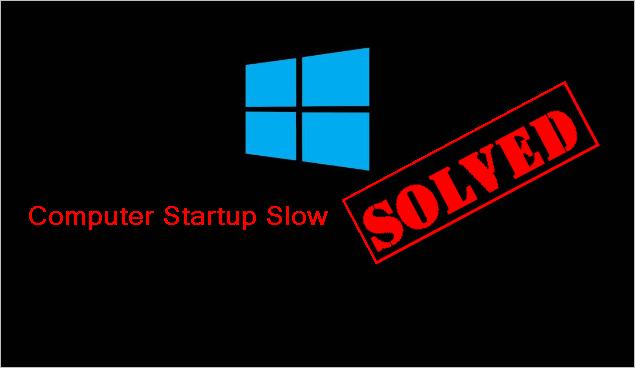
Computer should boot into Windows within 10 seconds.If your computer boots slow, let’s say over 30 seconds, it can be frustrating. But don’t worry. You can fix the problem with one of the solutions below.
We’ve put together seven solutions below to fix the problem. You may not have to try them all; just work your way down until you find the one that works for you.
Try these fixes
- Disable fast startup programs
- Update drivers
- Clear desktop files
- Shorten the boot timeout value (if you install more than one operating system)
- Upgrade Windows
- Add more RAM
- Install an SSD
Fix 1: Disable fast startup programs
Fast startup programs can be one of the causes to the computer startup slow issue. When you were installing some programs, especially antivirus software, they were set to run automatically during startup. You don’t need to use some of the programs often. So you may not even notice them. To speed up the boot time, you can check for the startup programs and disable the program that you don’t need it to run during startup.
The steps vary depending on the different computer. Choose the steps below to follow according to your system.
If your computer is running Windows 10 or Windows 8.1, you can follow these steps to disable the startup programs.
- Close all open windows.
- On your keyboard, press the CTRL + Shift + ESC key at the same to invoke the Task Manager window.
- Click the Startup tab, then select the program that you want to disable from loading during startup. You can select the program you don’t need to use at the startup. If you can’t tell the program from its name, you can disable it anyway.
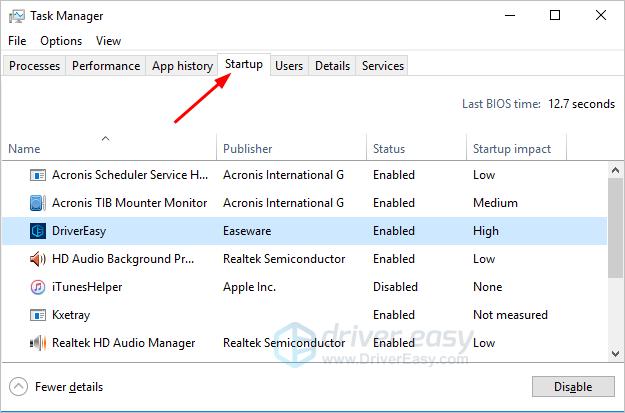
- Repeat Step 3 for all the programs that you want to disable from loading during startup.
- Restart your PC for the changes to take effect.
- If disabling startup programs doesn’t resolve the slow boot issue, proceed to the next fix.
If your computer is running Windows 7, you can follow these steps to disable the startup programs.
- Close all open windows.
- On your keyboard, press the Win+R key (the Windows logo key and the R key) at the same time to invoke the Run box.
- Type msconfig, and click the OK button.
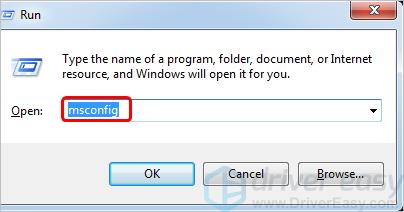
- Click the Starup tab, then uncheck the programs that you want to disable from loading during startup and click OK. You can uncheck the programs you don’t need to use at the startup. If you can’t tell the program from its name, you can uncheck it anyway.
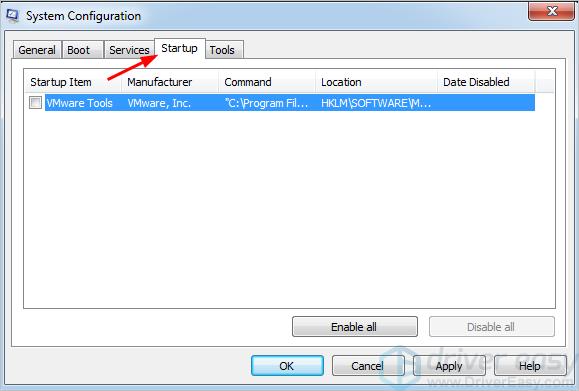
- Restart your PC for the changes to take effect.
- If disabling startup programs does not resolve the issue, proceed to the next fix.
Fix 2: Update drivers
Updating drivers can fix computer slow performance issues. To fix the computer slow boot issues, you can try to update the drivers on your computer, especially the SATA AHCI controller driver.
If you don’t have the time, patience or computer skills to update the drivers manually, you can do it automatically with Driver Easy.
Driver Easy will automatically recognize your system and find the correct drivers for it. You don’t need to know exactly what system your computer is running, you don’t need to risk downloading and installing the wrong driver, and you don’t need to worry about making a mistake when installing.
You can update your drivers automatically with either the FREE or the Pro version of Driver Easy. But with the Pro version it takes just 2 clicks (and you get full support and a 30-day money back guarantee):
- Download and install Driver Easy.
- Run Driver Easy and click Scan Now. Driver Easy will then scan your computer and detect any problem drivers.
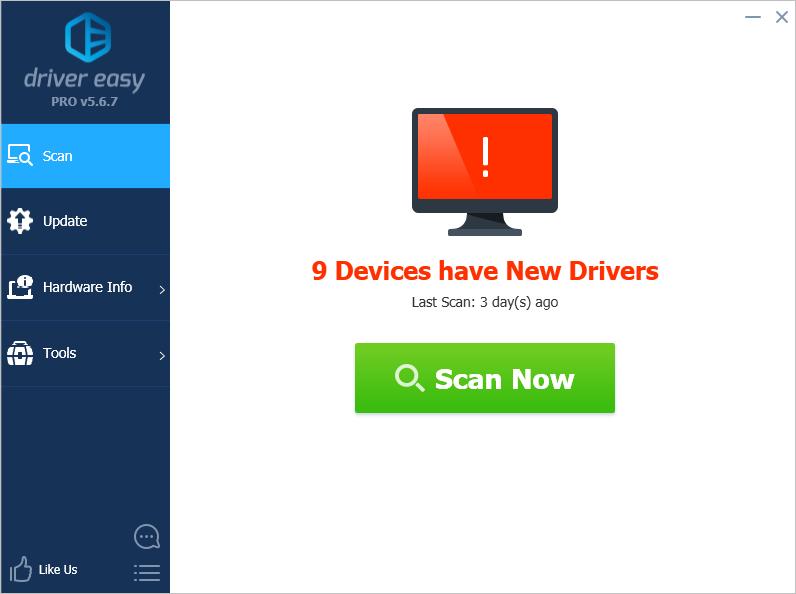
- Click the Update button next to the devices to automatically download the correct version of their driver, then you can manually install the driver (you can do this with the FREE version).
Or click Update All to automatically download and install the correct version of all the drivers that are missing or out of date on your system (this requires the Pro version – you’ll be prompted to upgrade when you click Update All).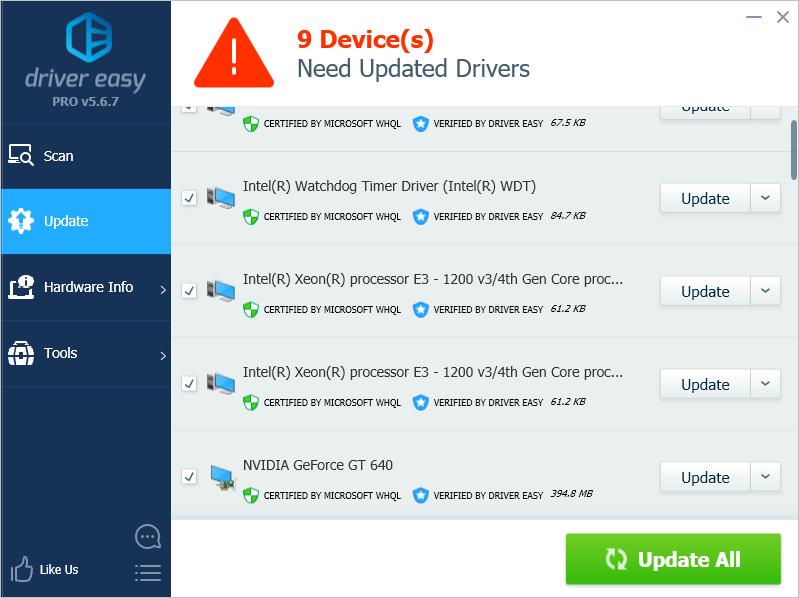
- After updating the drivers, restart your PC and check to see if the problem is resolved. If the problem persists, proceed to the next fix.
Fix 3: Clear desktop files
The items on the desktop load as part of your computer’s boot orders, which can take up your RAM storage and slow down the boot up process, especially if your computer is a bit on the older side. The more photos, files or folders you have on the desktop, the more loading time it takes.
You may use the desktop as a temporary store location. For the files you don’t need further, you can just delete them. For the files you don’t need to use often, you can move them to another folder.
After clearing the files, reboot your PC and check to see if the problem is resolved. If the problem persists, proceed to the next fix.
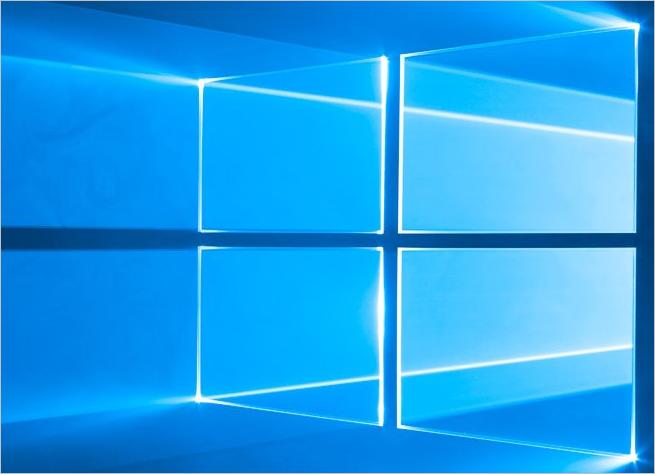
Fix 4: Shorten the boot time-out value (if you install more than one operating system)
If your computer has more than one operating system, Windows will show you a list of all installed operating system during the startup. You can choose which system you want to boot. The time-out value is 30 seconds by default. If you don’t select the operating system within 30 seconds, Windows will boot default operating system.
The boot menu time-out determines how long the boot menu is displayed before the default boot entry is loaded. So you can shorten the time-out value if you want Windows to boot more quickly.
Here’s how to shorten the time-out value:
- On your keyboard, press the Win+R (the Windows logo key and the R key) at the same time to invoke the Run box.
- Type msconfig in the Run box and click OK to open the Task Manager window.
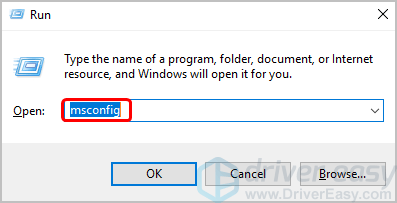
- Click the Boot tab, and change the Timeout value to any time you want, then click Apply -> OK.
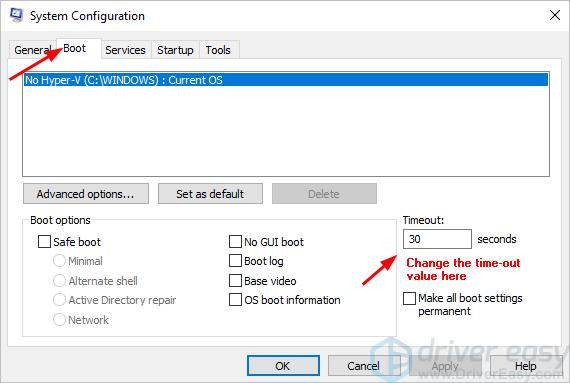
- Restart your PC and check to see if the problem is resolved. If the problem persists, proceed to the next fix.
Fix 5: Upgrade Windows
If your computer is running Windows 7 or Windows 8.1, you can consider installing Windows 10. Window 10 has faster boot time than Windows 7 and Windows 8.1. In Windows 10, one of the changes is F8 key cannot be used to enter Safe Mode by default. Microsoft disable the default F8 key entering Safe Mode feature in order to speed up the boot time.
Before you install Windows 10, you need to check whether your computer hardware meets the requirements. You can get the information from How to Find Windows 10 Computer Specifications & Systems Requirements.
Once you determine your computer meets the requirements, you can install Windows 10 quickly. One of the recommended ways to install Windows 10 is using USB. To know how, you can visit this link: Install Windows 10 from USB.
If this fix doesn’t work for you, proceed to the next fix.
Fix 6: Add more RAM
RAM is short for Random Access memory, which is a form of computer data storage that stores data and machine code currently being used. The more RAM your system has, the faster your programs will run and the faster your computer will boot. That said, if your system is lack of RAM, your computer will run slowly or boot slowly. In that case, you can add more RAM to make your computer run faster and boot faster.
Adding RAM requires advanced computer skills. If you don’t have confidence to do that on your own, you can take your computer to the near repair store to have it done.
Adding more RAM means costs money, but it can fix the slow boot issue. You may want want to try this step.
Fix 7: Install an SSD
SSD is short for Solid State Drive, which can read and write the data much faster than the conventional HDD (Hard Disk Drives). So you can install an SSD and see if the boot time increases.
You can install the operating system on the SSD, and save the data and files on the HDD. When you start your PC, Windows will boot from the SSD instead of the HDD. This will save boot time.
Installing an SSD requires advanced computer skills. If you’re not sure how to install an SSD, you can take your computer to the repair store near you to have it done.
Installing an SSD means costs money, but it can make a big difference for the PC performance. Once you get used to booting from an SSD, you’ll never go back.
Hopefully the tips above help you fix your computer startup slow issue. If you have any questions, ideas or suggestions, feel free to leave comments below.





